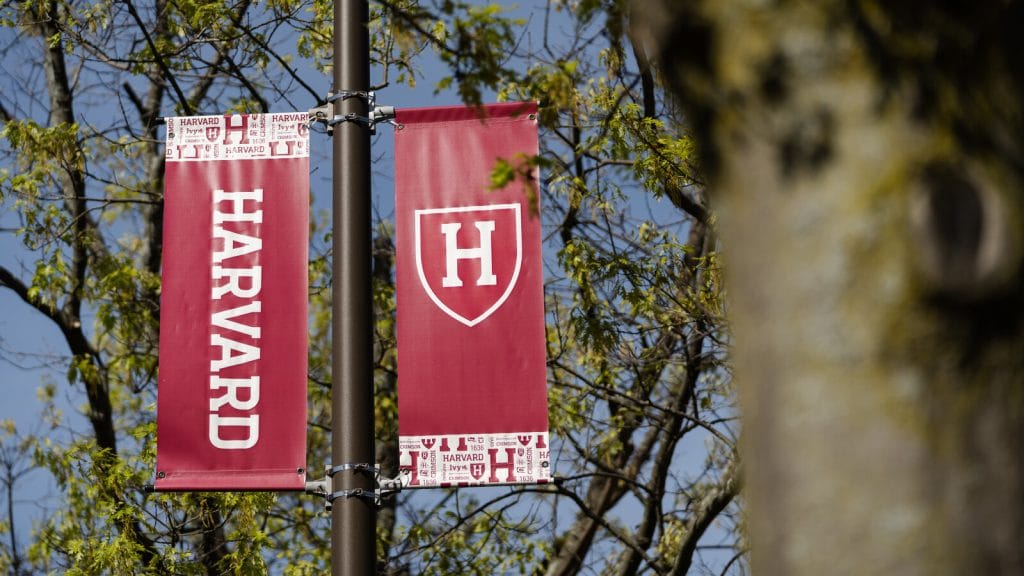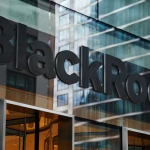Harvard Accelerates Campus Decarbonization with 32% Emissions Cut

• Harvard achieved a 32% absolute reduction in greenhouse gas emissions since 2006 despite a 14% campus expansion.
• A new regional energy consortium led by Harvard and MIT will generate 1.3 million MWh of renewable electricity annually, enabling 100% renewable sourcing by 2026.
• Updated Sustainable Building Standards now target Living Building Challenge (LBC) Core certification and healthier, lower-carbon construction practices.
Cambridge Pushes Ahead on Campus Decarbonization
Harvard University has released its 2024–2025 Annual Sustainability Report, detailing broad progress toward its long-term goal of becoming fossil fuel-free by 2050. The institution reports a 32% absolute reduction in greenhouse gas emissions compared with 2006 levels, even as its campus footprint expanded 14% during that period. Emissions intensity per square foot has fallen by 40%.
The reductions stem from a mix of retrofits, electrification, and renewable procurement across one of the most complex academic estates in the world. Efficiency gains have come through upgraded lighting and equipment, advanced heat-recovery systems, and the retrofit of historic buildings with low-carbon technologies.
Renewable Energy Through Regional Collaboration
A highlight of the year was the launch of the Consortium for Climate Solutions, a joint initiative led by Harvard, MIT, Mass General Brigham, and PowerOptions, with additional partners in the City of Cambridge and local nonprofits. The collaboration has facilitated development of two new large-scale renewable energy projects expected to generate over 1.3 million megawatt-hours annually—equivalent to the electricity use of 130,000 homes per year.
The arrangement enables Harvard to match 100% of its electricity consumption with renewable power beginning in 2026. The model reflects growing cross-sector collaboration between universities, municipalities, and private partners seeking to aggregate clean-energy demand to accelerate regional grid decarbonization.
New Building Standards Focus on Health and Materials
Harvard’s updated Sustainable Building Standards mark a further shift toward regenerative design. Developed in consultation with faculty and operations teams, the guidelines now align with the Living Building Challenge (LBC) Core certification and the Harvard Healthier Building Academy (HHBA). The standards prioritize embodied-carbon reductions, non-toxic materials, enhanced indoor air quality, and daylight access—criteria designed to cut both operational and material-related emissions.
To lower costs and improve scalability, the university negotiated a volume certification agreement with the International Living Future Institute, allowing multiple projects to pursue LBC compliance through pre-approved pathways.
The David Rubenstein Treehouse Conference Center, opening later this year, will be the first new building constructed with no on-site fossil-fuel systems. Its mass timber frame and foundation use recycled ground-glass pozzolan concrete, reducing embodied carbon by more than 50% compared with traditional construction. The Treehouse also features advanced stormwater management, regionally sourced materials, and bird-friendly glazing—showcasing how Harvard’s standards are being applied in practice.
Digital Operations and Zero-Waste Targets
Recognizing the emissions footprint of information technology, Harvard University Information Technology (HUIT) has introduced sustainable IT programs, including secure e-waste recycling and lifecycle management for devices. The department recently appointed its first Sustainable IT Lead to quantify digital emissions and guide reduction strategies across data centers and devices.
Harvard also implemented a university-wide Waste Stewardship Framework, mapping a phased transition toward zero waste. The plan integrates procurement policies, campus-wide composting, and vendor partnerships to reduce waste volumes and increase recycling rates.
RELATED ARTICLE: Dr. John Halamka Professor at Harvard Medical School Exclusive Interview at Converge2Xcelerate | ESG News – Boston, MA
Greener Dining and Food Systems
Food systems remain another key emissions source. Harvard aims to cut food-related GHG emissions 25% by 2030, guided by its Sustainable and Healthful Food Standards. Now in their fifth year, the standards require dining vendors to prioritize local sourcing, reduce waste, and support regenerative agriculture.
The university operates 19 Certified Green Restaurants, recognized by the Green Restaurant Association for high environmental performance. Each facility integrates waste tracking, energy-efficient appliances, and menu design focused on plant-forward, lower-carbon meals.
Driving Climate Research and Student Engagement
Harvard’s sustainability agenda continues to be driven by its academic community. The Salata Institute for Climate and Sustainability funds student research, internships, and pilot projects that apply campus operations as living laboratories for climate solutions. Student-led initiatives, including the Council of Student Sustainability Leaders, have become central to advancing on-the-ground projects from zero-waste dorms to biodiversity mapping.
From Campus to Global Impact
Harvard’s climate strategy positions it among a growing cohort of U.S. universities integrating operational decarbonization with research, governance, and regional policy collaboration. The institution’s partnerships in renewable procurement and green building certification provide replicable models for other multi-stakeholder ecosystems where scale, regulatory ambition, and academic innovation intersect.
If achieved, Harvard’s commitment to a fossil-fuel-free campus by 2050 would align the university with the U.S. federal net-zero framework and contribute to regional emissions reductions across New England’s grid—showing how academic institutions can leverage procurement power, research capability, and governance influence to accelerate the broader transition to a low-carbon economy.
Read the 2024-205 Harvard Sustainability Report here.
Follow ESG News on LinkedIn








